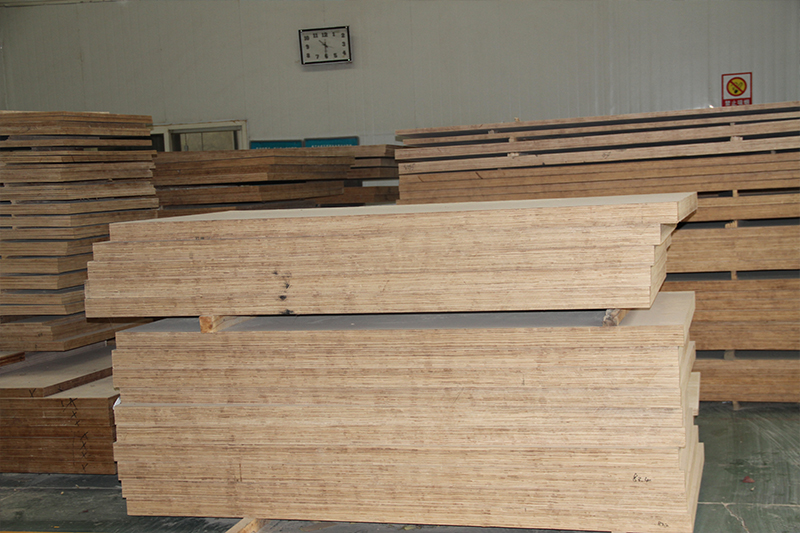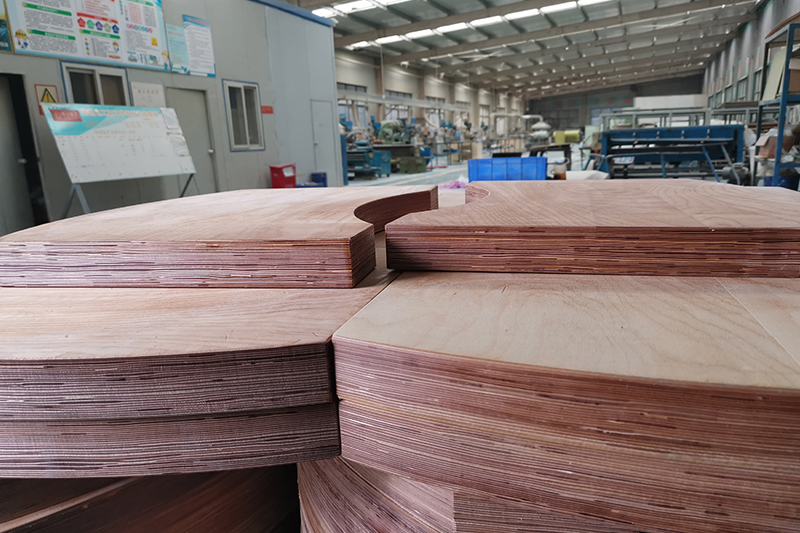In the field of electrical insulation materials, electrical laminated wood and epoxy resin sheets are two mainstream options, each excelling in different aspects of performance, cost, and application scenarios. This article provides a comparative analysis across insulation properties, cost-efficiency, and environmental adaptability to offer a scientific basis for material selection.
Electrical Laminated Wood: It has moderate dielectric strength, making it suitable for low-voltage applications (e.g., distribution panel partitions, low-voltage insulation pads).
Epoxy Resin Sheet: It offers significantly higher dielectric strength, meeting the demanding requirements of high-voltage equipment (e.g., transformer insulation components, PCB substrates).
Electrical Laminated Wood: It has strong moisture absorption, leading to degraded insulation performance in humid environments. Its maximum long-term operating temperature is around 100°C.
Epoxy Resin Sheet: It is nearly impervious to water, with excellent resistance to humidity and heat. It can withstand long-term temperatures exceeding 130°C, making it ideal for high-temperature, high-humidity environments (e.g., offshore wind power equipment).
Electrical Laminated Wood: It tends to carbonize under arcing, increasing the risk of insulation failure.
Epoxy Resin Sheet: It exhibits strong arc resistance, maintaining stability even in high-frequency, high-voltage environments. It is well-suited for critical components such as switchgear and inverters.
Conclusion: Epoxy resin Sheets outperform in high-voltage, high-frequency, high-temperature, and humid conditions, while electrical laminated wood is better suited for low-voltage, dry environments.

Electrical Laminated Wood: It is cost-effective, typically priced at ¥50–150 per square meter, making it ideal for budget-sensitive projects.
Epoxy Resin Sheet: It has a higher initial cost, generally ¥200–500 per square meter, but offers superior long-term value.
Electrical Laminated Wood: It is easy to machine (cutting, drilling) but requires regular moisture-proof treatment, leading to higher maintenance costs.
Epoxy Resin Sheet: Due to its high hardness, specialized tools are needed for processing. However, it requires almost no maintenance and has a lifespan exceeding 10 years.
Electrical Laminated Wood: It is prone to aging, and frequent replacements increase long-term costs.
Epoxy Resin Sheet: It is corrosion-resistant and anti-aging, resulting in lower overall costs, especially for critical equipment.
Conclusion: Although epoxy resin boards require a higher initial investment, their durability and low maintenance needs make them more cost-effective in the long run.

Low-voltage, low-frequency equipment (e.g., insulation brackets for household appliances).
Dry environments and cost-sensitive projects.
High-voltage, high-frequency equipment (e.g., renewable energy inverters, rail traction transformers).
Extreme environments (high temperature, high humidity, salt spray corrosion).
Critical systems requiring maintenance-free operation and long lifespans (e.g., backup power for data centers).
Environmental Impact: Electrical laminated wood is a natural, biodegradable material, while epoxy resin contains chemical curing agents and requires specialized recycling processes.
Mechanical Strength: Epoxy resin has higher compressive and flexural strength, making it suitable for load-bearing structural components.
Functional Customization: Epoxy resin can be enhanced with additives like flame retardants or thermal conductive fillers (e.g., high-thermal-conductivity PCB substrates).
| Requirement Scenario | Recommended Material |
| Low-cost, low-voltage insulation | Electrical Laminated Wood |
| High-voltage, high-temperature, high-stability needs | Epoxy Resin Sheet |
| Extreme environments or critical equipment | Epoxy Resin Sheet |
Final Recommendation:
For long-term stability and high performance, epoxy resin boards are the superior choice.
For budget constraints and mild environments, electrical laminated wood can meet basic needs.
The final selection should consider equipment lifespan, maintenance capabilities, and environmental requirements.
If you need our products please write down any questions, we will reply as soon as possible.
There are three ISO certificates for quality certification. The certificates will be shown later. ISO
After receiving the advance payment, the production cycle is 15-25 days. And the transportation cycle should be calcul……
We supply with installation guide and user manual for each transformer. If you do not understand them. We will offer v……